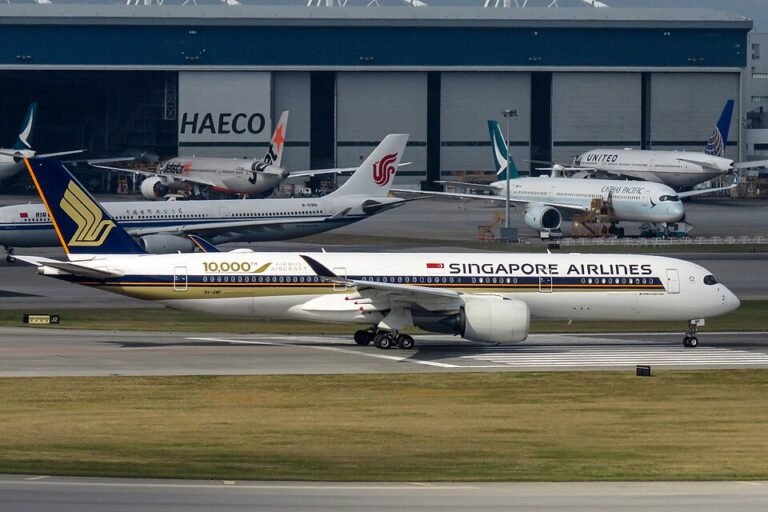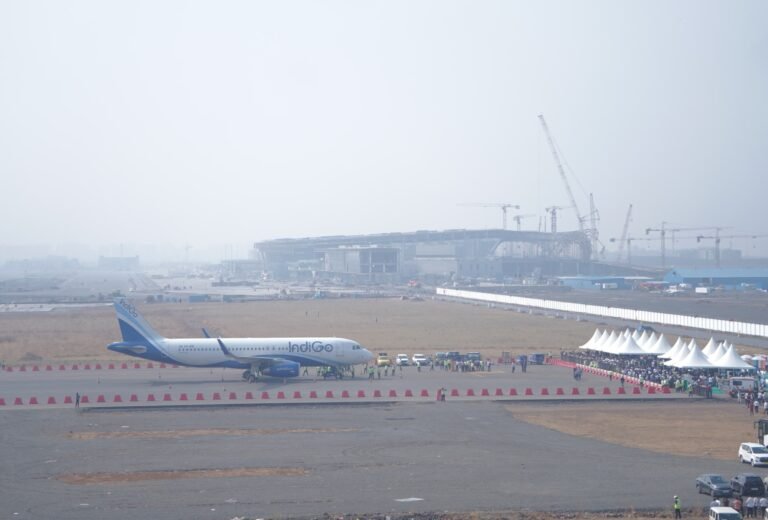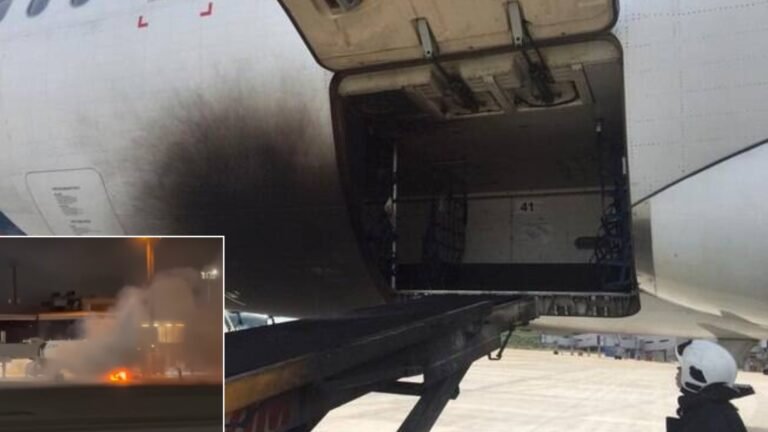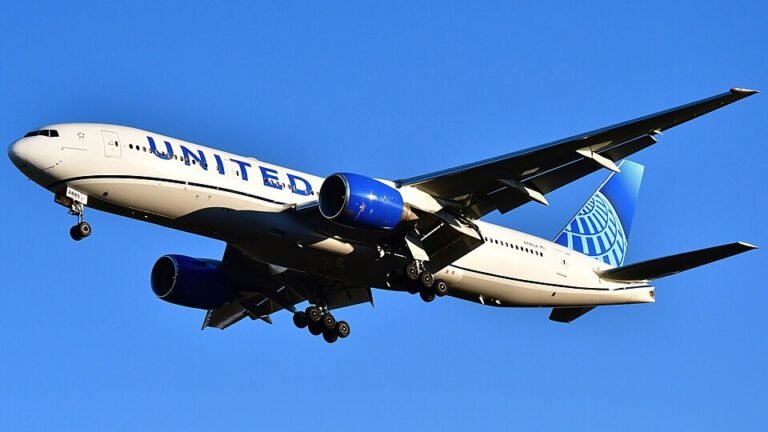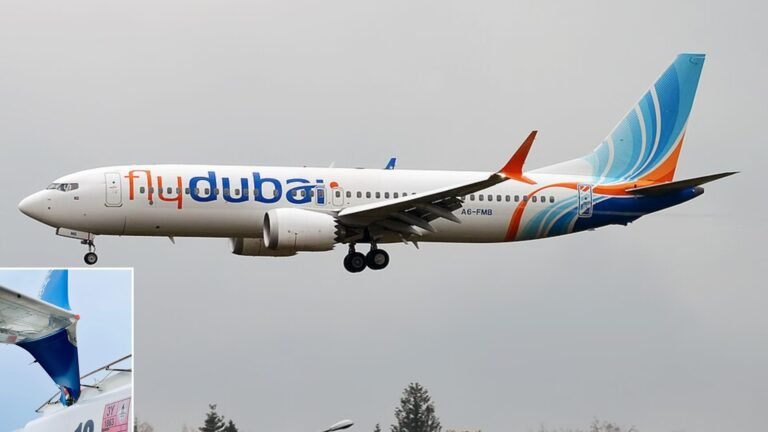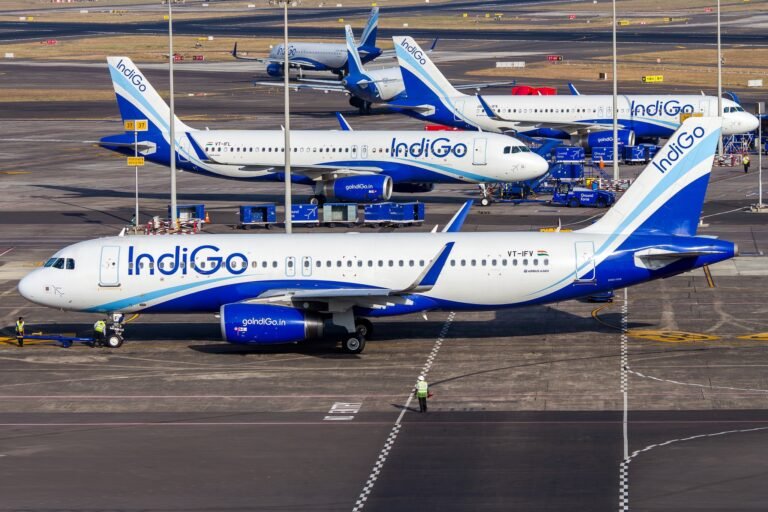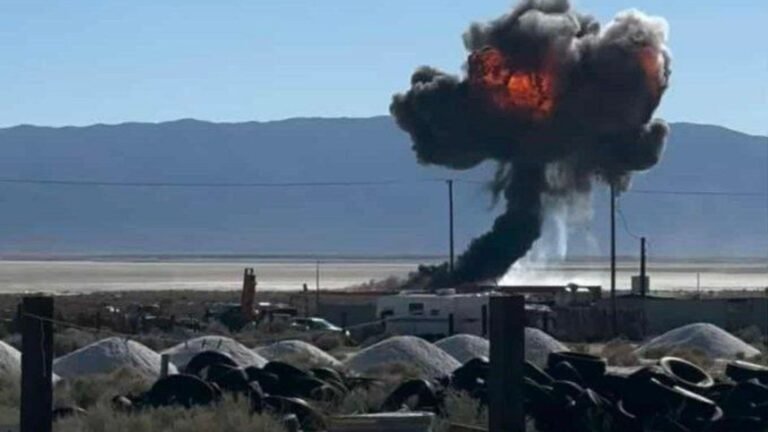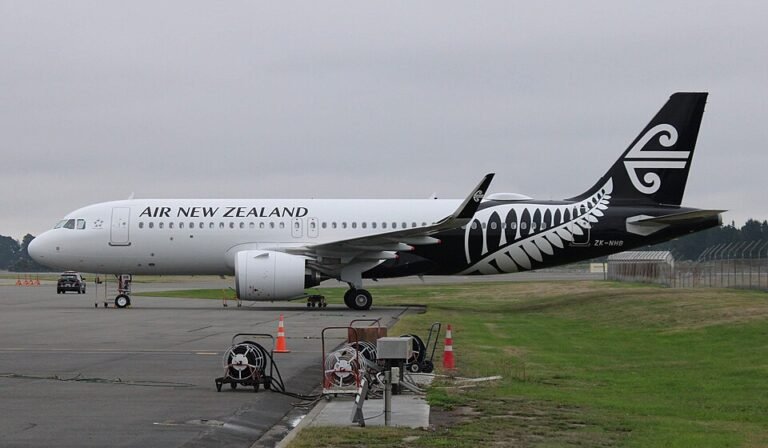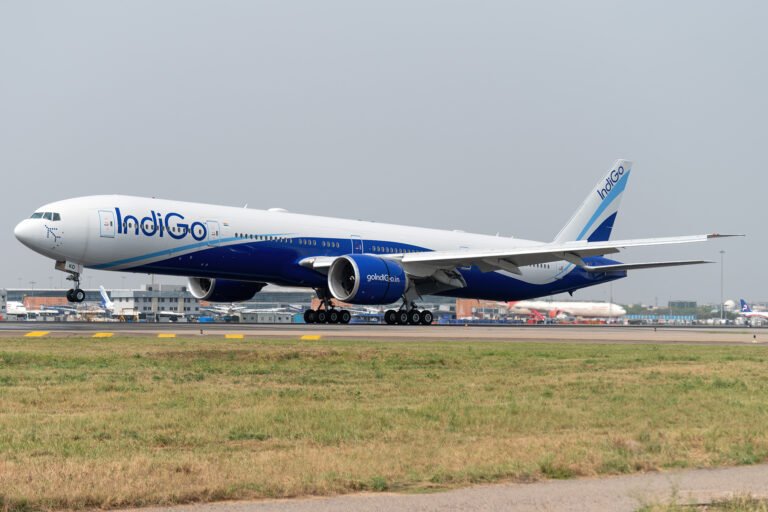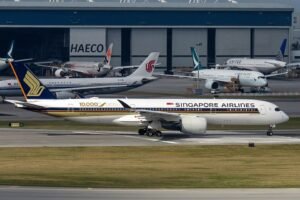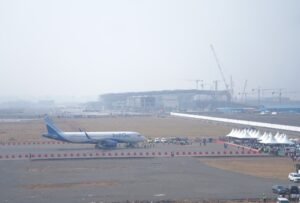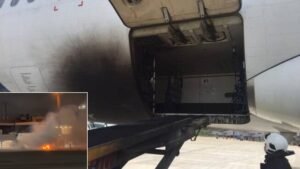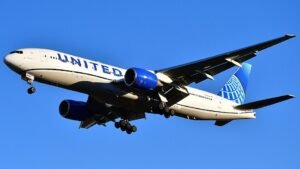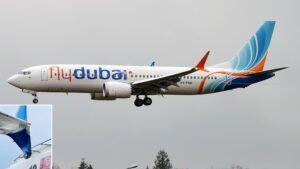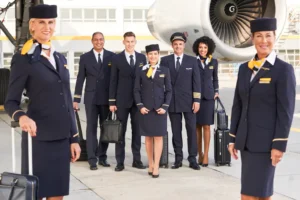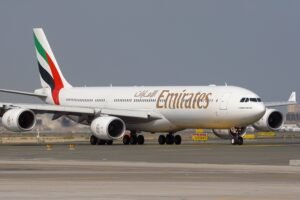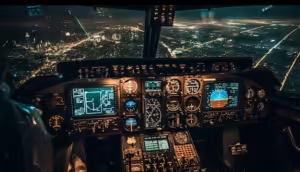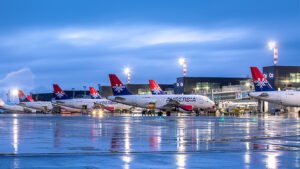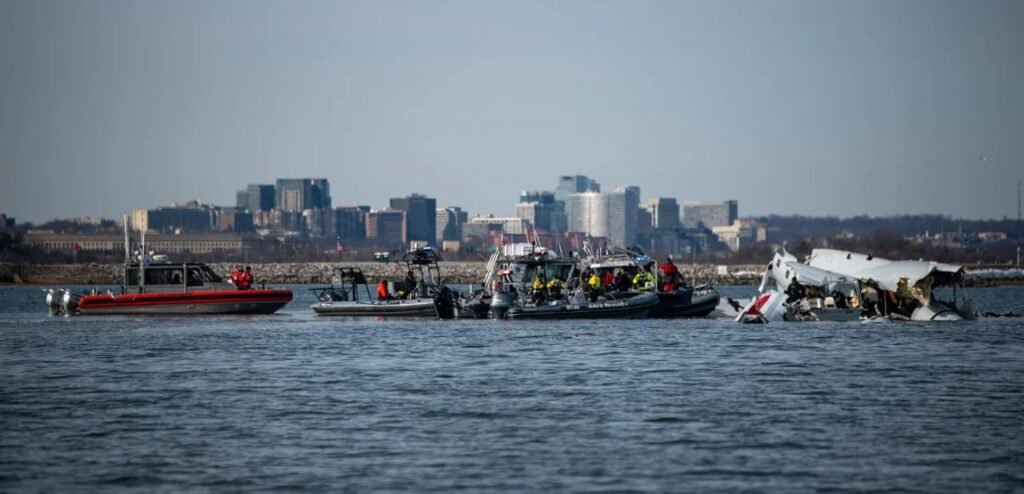
Washington, United States: The family of a passenger killed in January’s midair collision near Ronald Reagan Washington National Airport has filed the first federal lawsuit over the disaster, naming American Airlines, its regional affiliate PSA Airlines, the Federal Aviation Administration (FAA), and the U.S. Army as defendants.
The complaint, filed Tuesday in U.S. District Court, comes from Rachel Crafton, whose husband, Casey Crafton, was among the 67 people killed when American Eagle Flight 5342 collided with a U.S. Army Black Hawk helicopter on January 29. The crash, which occurred at low altitude just half a mile from the runway, killed all 64 people aboard the Embraer E175 regional jet and all three Army crew members on the helicopter.
Crafton’s lawsuit accuses the defendants of negligence and wrongful death, arguing that the tragedy was both predictable and preventable. The 115-page filing cites more than 30 documented near misses in the crowded D.C. airspace that, according to the suit, were ignored by regulators and operators.
The NTSB investigation preliminary report identified multiple causes such as faulty barometric altitude sensors caused the Black Hawk to fly higher than indicated, breaching its restricted ceiling in the congested Reagan National airspace. Communication failures, including radio interference and a single controller managing both helicopter and fixed-wing traffic, compounded the risk. The FAA was criticized for not acting on repeated safety warnings and near-miss reports in the area. In response, legislation has been proposed to mandate ADS-B Out tracking for military and training helicopters near commercial corridors and to review mixed-use airspace procedures. The NTSB’s final report is expected in 2026.
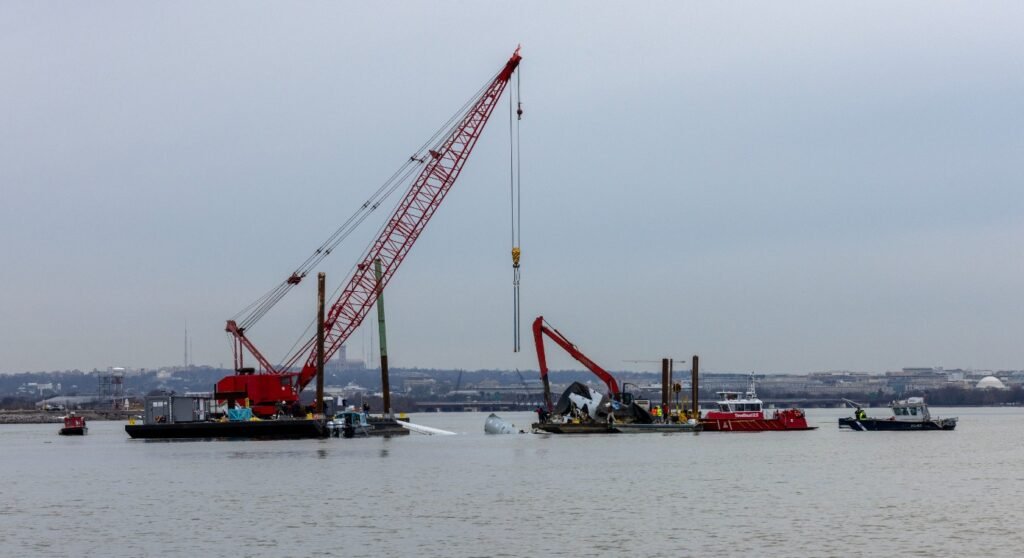
“The defendants utterly failed in their responsibilities to protect passengers, crew, and the public,” the complaint alleges. It further faults American and PSA for inadequate pilot training, the FAA for failing to redesign or better monitor congested flight paths into Reagan National, and the Army for not preventing its aircraft from entering civilian approach corridors.
The suit also highlights alleged air traffic control failures, including the absence of timely safety alerts that could have helped avoid the collision.
This federal filing follows earlier Federal Tort Claims Act notices submitted by Crafton in February, seeking $250 million in damages from the FAA and the Army. Those claims are a legal prerequisite to suing the U.S. government, which typically enjoys sovereign immunity unless exceptions apply.
The FAA responded with a statement of condolences, noting that it had “acted decisively” since the crash to improve safety over the capital region and pledged full cooperation with the ongoing National Transportation Safety Board (NTSB) investigation. The Army declined to comment, citing the active investigation, but said it remains focused on supporting victims’ families. American Airlines and PSA signaled they would defend themselves in court, pointing to their overall safety record.
The Crafton case is expected to be a bellwether lawsuit, with other families of victims likely to join or file their own claims in the coming months. The NTSB’s final accident report, expected in 2026, will likely shape the scope of liability across all parties.

